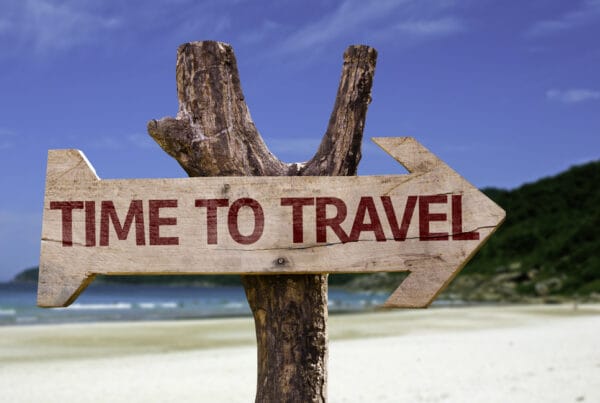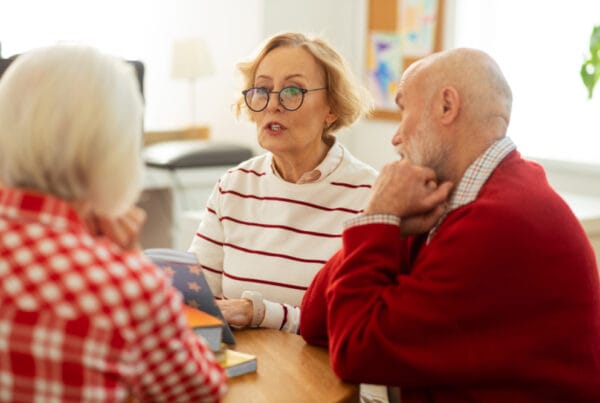It was 1987, the Tories were in government and Mrs Thatcher was giving the message that women could finally have it all: family, children, career, financial freedom, and independence.
At the time I was 25 years old, I had 3 young children, married to a Firefighter, and working part time on a busy medical ward at the local general hospital. From the window of the ward, you could see the entrance to the Emergency Department and the shiny Mercedes ambulances coming and going. I recall one evening while on a twilight shift seeing two ambulance men performing CPR on a patient who was being rushed into the ED. For months I could not get this off my mind and decided to research how to apply to be an “ambulance man”. I had noticed that I had never seen a woman working on the ambulance and this intrigued me. I applied and was successful for Avon Ambulance Service Patient Transport. This involved taking the elderly patients to their day centres and hospital appointments in the morning and collecting them in the afternoon. This was perfect as it allowed me to take the children to school and collect them and be home in the evenings with them, but I was soon restless and wanted a little bit more from my career.
I used to sit for hours in the crew room talking to the ambulance men, asking them to relay their stories of their time on the road, the incidents, and the accidents they had seen, some of them allowed me to ride out on emergencies as a “third man” and from then on, I was hooked. I loved the buzz of the blue lights, being privileged to go to someone’s emergency and see the reassurance on their face just because you had arrived and knew I wanted to be a Paramedic. After 18 months I was fortunate enough to be offered progression to emergency work as a Technician working alongside a Paramedic on the ambulance. I felt the proudest woman on Earth, especially as there were only a handful of women on emergency work at the time – from what I can recall there were less than ten of us in the whole service.
At times it was uncomfortable working in a predominantly male environment. The female uniform issue was tight skirt, shirt, tie, tights, handbag, and hat. This was a tricky combination when dealing with emergencies but in time I challenged this and was eventually allowed to wear trousers. With pictures of naked women adorning the walls of the mess room in some stations, the Paramedics, of which there were only about 20 in the county, were seen as elite and had been known to sit in a separate room to lesser trained ambulance personnel during break and rest times. Some of the men refused to work alongside women (this is a whole blog in itself) but this gives a little insight to the environment myself and a few other women had to endure to break a lifetime of ritualistic practice. Before long I was successful in my application for Paramedic training and was allowed to sit with the elite during the break times!

After 17 years as a Paramedic, I became tired; I noticed I was no longer enjoying going to work and on reflection I may have been a little burnt out. I was divorcing my Firefighter husband and I decided to leave the service and take a break from the long shifts and endless toil of taking care of other people during what sometimes was the worst day of their life. I worked as a medical representative for a year and was fortunate enough to gain the accolade of Salesperson of the Year, but I missed my Paramedic role. I missed the buzz, the banter with my colleagues and soon realised I was, probably institutionalised. The stress of sales targets did not seem important to me after my role as a medic. I returned to the service; I was very fortunate that just one phone call to my ex-superintendent and I was back on next week’s rota. With my newfound energy and so much happiness to be back in the service I applied for and was successful in gaining the role as Duty Operational Manager (DOO) in the City of Bristol. This was a very autonomous role, working alone (in the days where you still had to manually read a map) attending any serious incidents or accidents as scene safety officer, supporting staff, and dealing with any issues that may arise during the shift.
I returned to the service; I was very fortunate that just one phone call to my ex-superintendent and I was back on next week’s rota. With my newfound energy and so much happiness to be back in the service I applied for and was successful in gaining the role as Duty Operational Manager (DOO) in the City of Bristol. This was a very autonomous role, working alone (in the days where you still had to manually read a map) attending any serious incidents or accidents as scene safety officer, supporting staff, and dealing with any issues that may arise during the shift. Some days I rode in a helicopter assisting the patient to the hospital from the scene of a serious incident. I loved this role and indeed fell in love with a Paramedic during this time and married him some years later.
Unfortunately, eight years later, due to change management the role of the DOO was disbanded, and I was forced to look at other alternative roles within the service. Luckily for me there was a brand-new role called an Emergency Care Practitioner (ECP) born out of a white paper written in 2000 – This role involved extra training with the University West of England (UWE) learning enhanced physical assessment and clinical reasoning to allow me to work on a car as a solo operator and treat people at home. With my enhanced skills, I could assess the patient, treat them, and leave them at home safely with networks in place to support them. This in turn gave me a BSc in Specialist Practice which by then the GP surgeries were becoming interested in employing Paramedics with this experience and qualification within their surgeries. I believe I may have been one of the first, if not the first in the area to explore working in a GP surgery on an ad hoc basis to start (I was too worried about leaving the ambulance service again in case they would not let me back in for a second time ;). During this role as an ECP I was also able to rotate and work in the dispatch centre for 999 calls as it was realised that many calls do not need a 999 ambulance and with our enhanced physical reasoning skills and a telephone triage tool, we could help the patient by other means such as a district nurse or home help rather than an emergency ambulance.
Unfortunately, as life goes sometimes, I experienced personal tragedy and became a widow. This coupled with the fact that as an autonomous practitioner working alone, I was too lonely. I realised I needed to find a role that involved being with crews more and was successful in my application as Learning and Development Officer. This role involved teaching crews in a classroom, also me having an individual ambulance personal for one day each year, riding alongside them in the ambulance to observe and discuss best practice to ensure crews felt supported and to motivate and encourage their personal development.
After 30 + years I decided it was time to retire from the service and further develop my skills within the GP surgery and Out of Hours Doctors Service. I have been fortunate to be involved with the Paramedics in Barbados and have taught on a project called “Upskill India” alongside President Modi. By now I had developed a vast portfolio of skills including telephone triage and solo working, training, teaching to name but a few.
Now 4 years post semi-retirement I am freelance as a trainer, vaccinator, doctor’s surgery ECP and I travel and live part of the year in Barbados. So, Maggie Thatcher was right, we could have it all, kids, marriage, divorce, career, burnout, financial independence! Would I do it all over again…. Yes, in a heartbeat.
Written by Lisa Buck (ECG Freelance trainer) , Wednesday 31st March 2021


